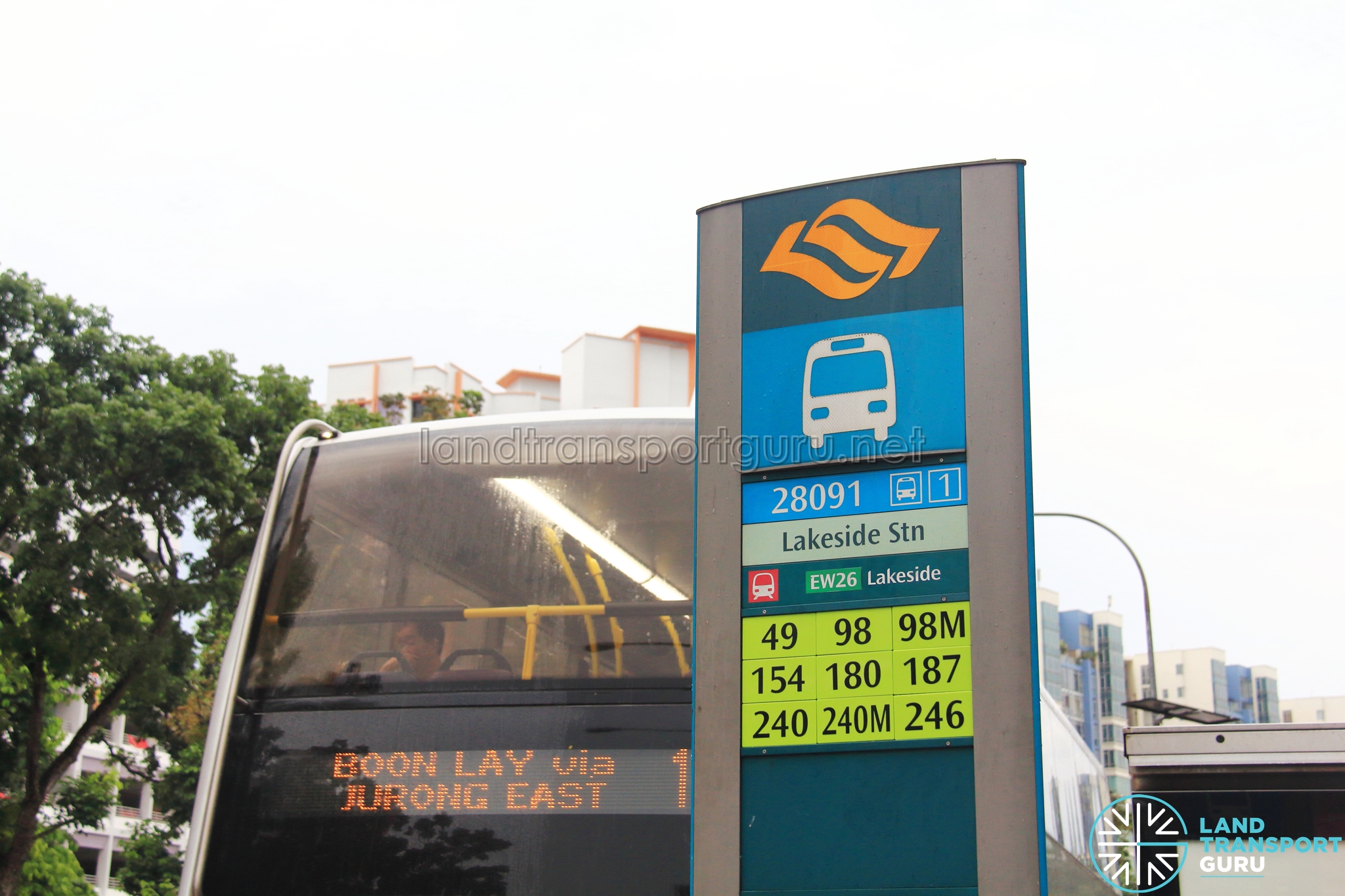Q10 bus stop, a seemingly simple public transit hub, reveals a complex interplay of location, accessibility, rider experience, and community impact. This exploration delves into the everyday realities of this specific stop, examining its functionality, its effect on the surrounding area, and its potential for improvement. We’ll consider everything from the physical condition of the stop itself to the needs and experiences of its regular users.
Through a detailed analysis of its features, accessibility, and the overall rider experience, we aim to present a holistic understanding of the Q10 bus stop and its role within the broader community. This includes examining the surrounding environment, identifying potential improvements, and exploring how technological advancements could enhance its functionality and overall appeal for commuters.
Q10 Bus Stop: A Comprehensive Overview
This report provides a detailed assessment of the Q10 bus stop, encompassing its location, accessibility, rider experience, community impact, visual aspects, and potential improvements. The analysis aims to offer a comprehensive understanding of the bus stop’s current state and identify areas for enhancement.
Location and Accessibility of the Q10 Bus Stop
The Q10 bus stop is situated on the corner of Elm Street and Oak Avenue, conveniently located near the City Library and Elmwood Park. The stop features a covered shelter with seating for approximately six passengers, and a gently sloped ramp provides wheelchair accessibility. The surrounding area exhibits moderate pedestrian traffic, with generally good road conditions. However, a lack of clear crosswalks near the bus stop presents a potential safety hazard for pedestrians.
Waiting at the Q10 bus stop, I often see people carrying gardening supplies. Perhaps they’re heading home after picking up some new plants or tools, or maybe they’re sourcing materials from the listings on craigslist farm and garden east tx. Either way, the Q10 bus stop provides a glimpse into the local community’s gardening enthusiasm. It’s a surprisingly diverse group of people who use that stop.
| Feature | Condition | Improvement Needed | Priority |
|---|---|---|---|
| Shelter | Good, but showing minor wear | Minor repairs and cleaning | Medium |
| Ramp | Good condition | None | Low |
| Seating | Adequate, but could use updating | Replace existing seating with more durable and comfortable options | High |
| Crosswalk | Absent | Install clearly marked crosswalks | High |
Rider Experience at the Q10 Bus Stop
Observations suggest average waiting times for the Q10 bus range from 5 to 15 minutes during peak hours, and longer during off-peak times. The bus stop is generally clean, though occasional litter accumulation requires attention. The existing shelter provides adequate protection from rain, but offers limited shade during sunny days.
- How satisfied are you with the overall cleanliness of the Q10 bus stop?
- How would you rate the effectiveness of the bus stop shelter in protecting you from the weather?
- How often do you experience long waiting times at this bus stop?
- What improvements would you suggest to enhance your experience at the Q10 bus stop?
Impact of the Q10 Bus Stop on the Surrounding Community
The Q10 bus stop serves a diverse range of community members, including students, office workers, and residents of the nearby neighborhoods. Compared to other nearby bus stops, the Q10 stop is better maintained and offers more seating, but lacks the real-time arrival information displays seen at other locations. The bus stop’s presence likely contributes positively to local businesses by providing convenient access for customers and employees.
- Improved lighting for enhanced safety at night.
- Installation of real-time arrival information displays.
- Addition of more benches and sheltered seating.
- Improved landscaping and beautification of the surrounding area.
Visual Representation of the Q10 Bus Stop

Source: landtransportguru.net
The Q10 bus stop is a standard, rectangular structure constructed of metal and glass. It measures approximately 10 feet by 6 feet and features a simple, legible sign displaying the route number and direction. The signage is well-lit and easily visible from a distance. During peak hours, the bus stop typically accommodates around 10-15 people, with passengers engaging in activities such as reading, using mobile phones, or simply waiting.
The atmosphere is generally calm and orderly.
A visual representation would show the bus stop positioned at the corner of Elm Street and Oak Avenue, with the City Library visible in the background and Elmwood Park slightly further away. The overall scene would depict a relatively busy yet orderly urban setting.
Potential Improvements and Future Considerations for the Q10 Bus Stop
Several improvements could enhance the safety and convenience of the Q10 bus stop. These include better lighting, additional seating, and the installation of real-time arrival information displays. The integration of smart technologies, such as real-time arrival information and mobile ticketing, would significantly improve the rider experience. Long-term sustainability should focus on using durable materials and implementing regular maintenance schedules.
- High Priority (Estimated Cost: $5,000): Install real-time arrival information displays and improved lighting.
- Medium Priority (Estimated Cost: $2,000): Replace existing seating with more durable and comfortable options.
- Low Priority (Estimated Cost: $1,000): Minor repairs and cleaning of the shelter.
Last Word
Source: blogspot.com
In conclusion, the Q10 bus stop, while seemingly insignificant in the grand scheme of public transportation, serves as a microcosm of larger urban planning concerns. Addressing its current shortcomings, from improving accessibility to enhancing rider comfort and safety, offers opportunities to improve the overall quality of life for the community it serves. By implementing the suggested improvements, the Q10 bus stop can evolve into a more efficient, user-friendly, and integral part of the local infrastructure.
